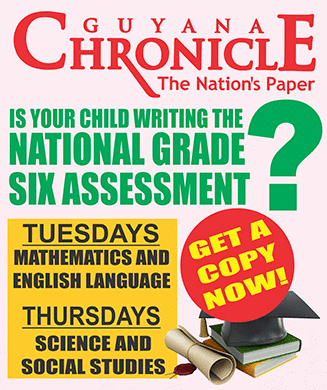NEVER underestimate the significance of a serious blow to a child’s mouth. The consequences can be far-reaching. Sometimes a child may suffer a blow to a tooth without it being displaced from its normal position. The structures supporting it, however, may be injured. This condition is called a concussion.
The tooth is usually tender to biting pressure and may feel loose, with bleeding occurring around the crown. No treatment is indicated other than slight filing of the chewing surface if the child complains of biting sensitivity. Mobile teeth generally tighten on their own after a few weeks. Parents should be instructed to give the child a soft diet and gradually return to normal foods, according to the child’s tolerance. The future for concussed teeth is good.
A person’s dental health is primarily determined during the preschool period, and the role of the parent or guardian is essential. While tooth decay is the principal agent that affects oral health, traumatic injuries form an important part of this, especially in children. A recent study of injuries to primary teeth found that children aged two to four years have the highest incidence. Falling has been described as the most common cause of dental injury, and the most common type of injury to the primary dentition is displacement. Other studies have shown soft-tissue injuries and enamel-dentine fractures to be the most prevalent.
Clinical evaluation of the injured preschool child can be difficult because the dentist is often dealing with distraught parents and a frightened, unco-operative child. The history must include the mechanism of injury and any associated trauma, such as whether a permanent tooth was knocked out. Injuries that occur closer to the ground are more likely to result in serious infection due to the greater concentration of germs at that level.
All teeth missing from the injury must be accounted for, as a tooth may sometimes be swallowed.
Crown fractures of primary teeth involving enamel only are usually not restored or filled. All that is needed is a slight recontouring of the biting edge to improve aesthetics. However, involvement of dentine in the crown fracture necessitates restoration to seal the exposed dentinal tubules that contain nerve endings.
Because of their short roots, root fractures in primary teeth are unusual. The location of a root fracture usually determines the outcome. Only when X-rays show that the tip is broken should treatment be pursued. When the fracture is closer to the crown, the tooth usually becomes dark and loose and must be extracted.
Displacement occurs more frequently than crown or root fractures because of the resiliency of the alveolar bone and the short tooth roots. These injuries may be extrusive (the tooth being knocked outward), lateral, or intrusive (driven deeper into the jawbone). In most cases, these displaced teeth must be removed. The dentist analyses the clinical picture before deciding whether extraction is necessary.
Trauma to temporary teeth can cause psychological distress to a child, unlike in an adult. If these teeth require more than six months to be replaced by the underlying new ones, special effort must be made to preserve them in the dental arch. Failure to do so could result in crowding (“riders”) and malocclusion (abnormal bite), unless a space retainer (a type of denture) is fabricated for the child. Parents should not insist on extraction but allow the dentist to advise on the proper course of action, so that no hasty decision becomes a long-term regret.



.jpg)









